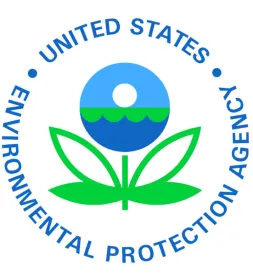As reported in last week's Update, EPA published its final rulemaking expanding the list of chemicals partially exemption from certain additional chemical data under the CDR. This action, which formally amended the list of chemicals that do not have to report the onerous downstream processing and use information under the CDR Form U, Part III, occurred because of the forward thinking actions of the Biobased and Renewable Products Advocacy Group (BRAG®). In October 2014, recognizing an advocacy opportunity to equalize what had been an uneven regulatory reporting field for biodiesel products, BRAG submitted a petition to EPA outlining the reasons why the six biodiesel chemicals listed below should be afforded reduced reporting requirements under the CDR:
-
Fatty acids, C14-18 and C16-18 unsaturated, methyl esters (Chemical Abstracts Service (CAS) No. 67762-26-9);
-
Fatty acids, C16-18 and C-18 unsaturated, methyl esters (CAS No. 67762-38-3);
-
Fatty acids, canola oil, methyl esters (CAS No. 129828-16-6);
-
Fatty acids, corn oil, methyl esters (CAS No. 515152-40-6);
-
Fatty acids, tallow, methyl esters (CAS No. 61788-61-2); and
-
Soybean oil, methyl esters (CAS No. 67784-80-9).
EPA quickly concurred with BRAG's view and issued a direct final rule to add the listed chemicals to the partial reporting list in January 2015. Unfortunately, due to one adverse comment submitted, which did not provide information pertinent to EPA's planned actions, the listing process under the direct final rule was halted. Instead, EPA had to proceed with a proposed rulemaking under the Administrative Procedures Act, a significantly more time and resource consuming approach. At that time, BRAG members were very concerned that EPA may not complete the rulemaking process to add the biodiesel chemicals to the partial reporting exemption list in time for the 2016 reporting cycle.
Knowing the industry's concerns with the upcoming reporting cycle, EPA staff worked diligently to issue the proposed rulemaking in July 2015. No adverse comments were submitted, and the final rulemaking was issued six months later, which is lightening fast action within a regulatory context.
While BRAG members took the initiative to request the partial reporting exemption and worked with EPA to ensure the listing occurred, any company that manufactures or imports the listed biodiesel products can take advantage of the listing. Thus, for the 2016 reporting cycle, companies that produce or import the above-listed six biodiesel chemicals do not have to report the following information elements for the exempted chemicals:
-
Top ten combinations of industrial process, industrial sector, and industrial functions;
-
Production or importation volumes associated with each combination;
-
Number of industrial sites using the chemical within each combination;
-
Number of workers potentially exposed within each combination;
-
Top ten consumer and/or commercial downstream applications;
-
Indication of whether reported consumer or commercial categories result in products intended for children;
-
Production or importation volumes associated with each reported consumer or commercial category;
-
Maximum concentration within each reported consumer or commercial category; and
-
Number of workers potentially exposed within each reported consumer or commercial category.
Per EPA's estimate, companies that utilize this reporting exemption will save 65.63 hours or almost 1.5 weeks of staff time, per report. Companies that produce more than one of the listed chemicals or have more than one reporting site will save even more.


 />i
/>i

